If you are a Westerner, who would like to have a taste of Caucasian Christmas traditions, we have great news for you: You don’t need to miss Christmas at home! Christianity is deeply rooted in old cultures in the Caucasus, but these don’t coincide with the red-and-white Coca-Cola Santa in the West. With some good organizing you may enjoy both!
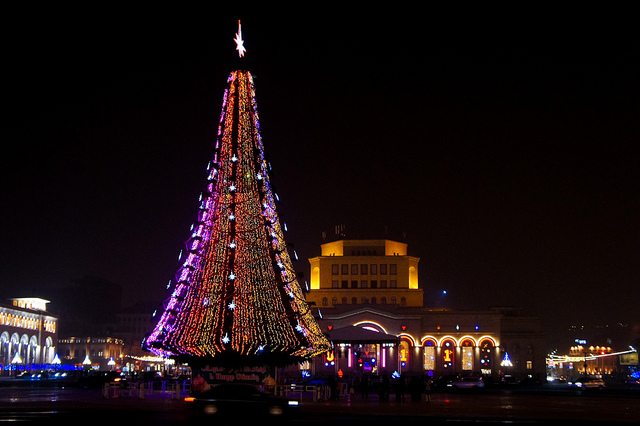
Photo by Oleg Sidorenko.
Most of us in Catholic or Protestant countries, or where Christmas is just an adopted custom, celebrate Christmas on December 25th. Specific customs, not to mention the traditional menu vary widely. In Anglo-Saxon countries for example, presents are opened in the morning on Christmas day, in Germany and Central Europe it happens on Christmas Eve. Children are told they are given presents by different figures: Saint Nicholas/Santa Claus, the baby Jesus and many others.
People eat different things in different parts of the world, but the idea is the same: the birth of Jesus is celebrated to have happened at midnight of December 24th. Festive parties or family celebrations, but people start celebrating on the 24th, then continue in this festive mood until the new year. In this period not many people go to work, and even if they do, not a lot of work gets done (a shout-out to all people working in transportation, who work the hardest at this time of the year).
Christmas in Armenia starts on New Year’s Eve (?!)
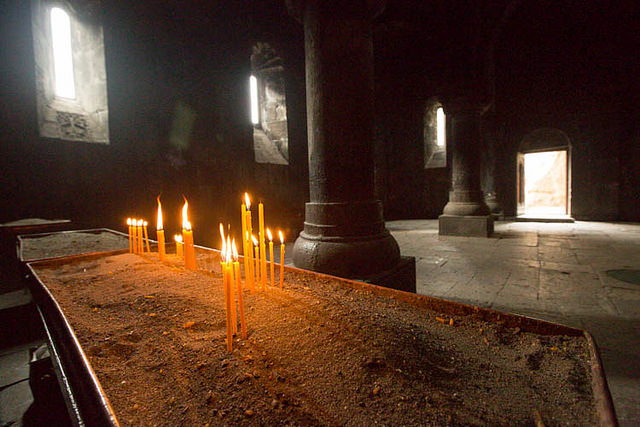
Photo by sunriseOdyssey.
Christmas was originally held on January 6th, but the Roman Church moved to the time of the winter solistice, to suppress and incorporate pagan traditions that had been celebrated before. They marked the original day with Epiphany, the revelation to the Magi. Armenia has had its Apostolic Church since 301 AD, and by the time this change was made they had distanced themselves from Rome. They celebrate the original birthday of Christ, together with his Baptism by John. They adhered to the original date, which is January 6th. It is only a coincidence, that it is almost the same day as some Eastern Orthodox churches celebrate Christmas on: they still use the old Julian calendar, that is lagging 13 days behind.
In Armenia, Christmas itself has a lot more religious emphasis than in other places. Yes, it is a religous holiday, and people do go to church everywhere, too, but still. The tradition of gifting, family gatherings, visiting each other is separated from Christmas itself. Instead it’s part of the Advent, the period leading up to Christmas. The final, week-long lent leading up to Christmas starts with New Year’s Eve. This is when the Christmas period starts, the feast that day is traditionally very rich. Christmas trees are set up, often decorated with doves and ribbons, symbolizing peace.
Unlike in other churches, gifts are given on New Year’s Day. The gift-bearing figure is a strange mixture of religious tradition and Soviet influence: A grandmother was supposed to go with the Magi to bring presents to the born baby Jesus, but she refused. As she changed her mind later and went after them, she wasn’t able to find them, and gave away her presents to good children instead. Of course nowadays to keep it simple they might tell children it’s from Father Christmas.
The week before Christmas – in January.
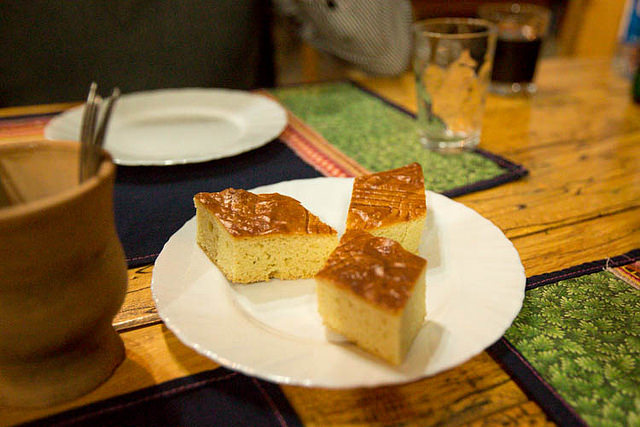
Photo by sunriseOdyssey.
With New Year’s Day a complicated series of family and social visits begin. There are traditions concerning priority: January 1st-2nd belong to the closest family. However, on New Year’s Day you are supposed to pay a visit to a family, if there was a death in the previous year. The next few days until Christmas (I apologize, it is still a little strange) is a mind-dazzling period of organizing and logistics, going to see everybody, repaying the visits, and being home for those coming to see us.
This week is traditionally lent period, however it is not taken very strictly everywhere. Tables are heavily laid, and refusing hospitality is an insult (we might have a lot in common, after all!) Still, even if one abstains from meat, the excellent pastries provide a great feast.
Christmas – January 6th
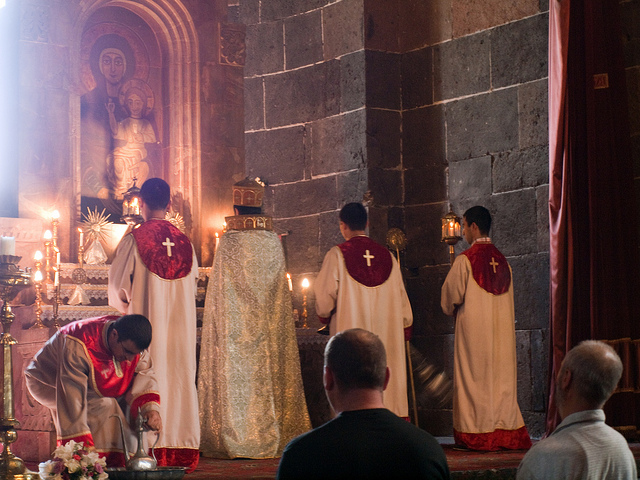
Photo by Shaun Dunphy.
On Christmas Eve people should bring consecrated fire from the church – a lit candle that will cleanse the home from evil. Christmas day really is a lent kept seriously – though the traditional menu allows for fish. The nice rice dish with fruits should make up for it. Christmas service is held at the churches, of course, where men and women should sit on different sides (a bit archaic, but come on, once a year).
After service, traditionally children would climb on the rooftops, and sing carols having their handkerchiefs out. It is customary to put in sweets and fruit in those, though they tend to prefer receiving money now. It is the time when men are supposed to do their social visits, with women doing the same the following day. On the second day of Christmas, there is a strong tradition to visit relatives’ graves in cemeteries, like on the Day of the Dead.
It’s a beautiful and solemn tradition, and when you show respect for them, the hospitable Armenians will welcome you kindly. Being part of such a celebration is an experience you will always be able to remember fondly.
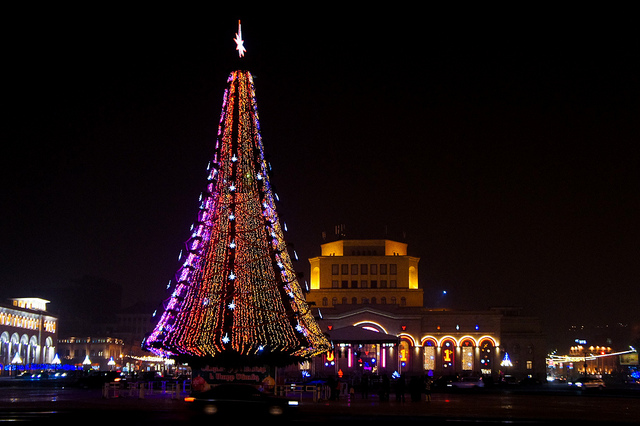
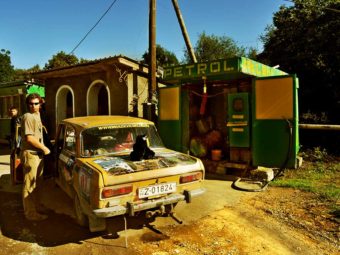
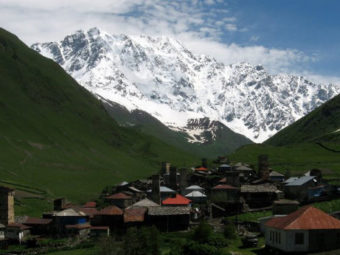

Leave a Reply